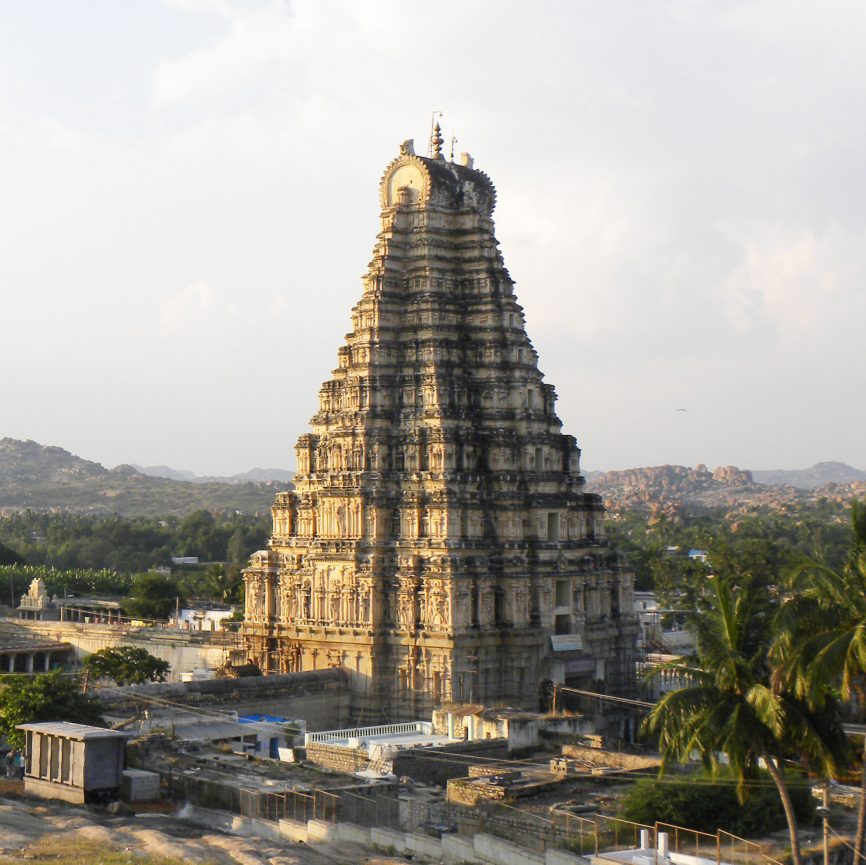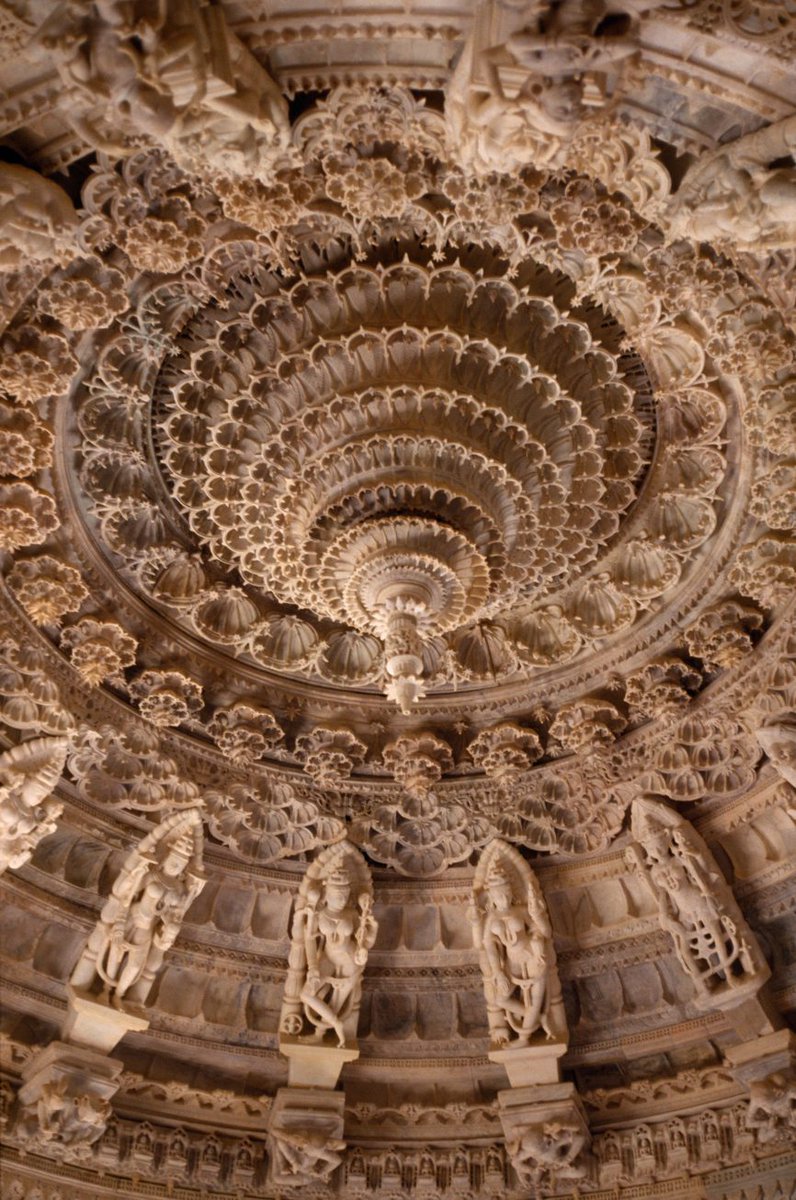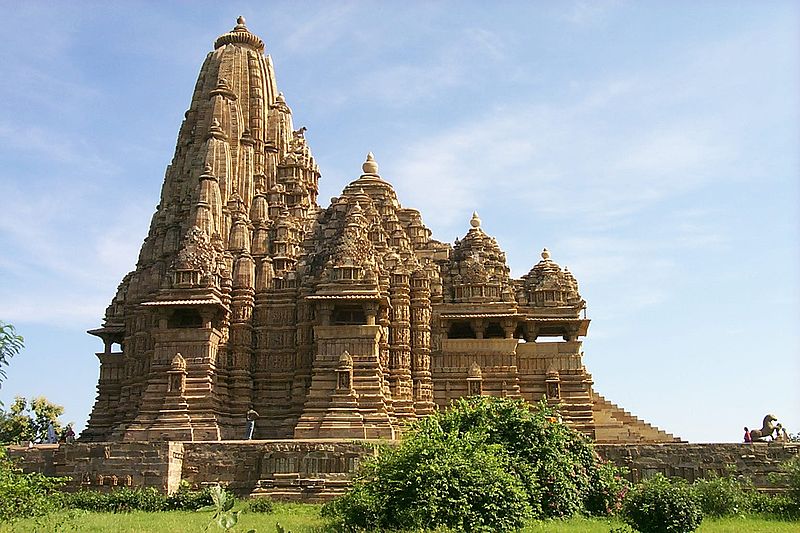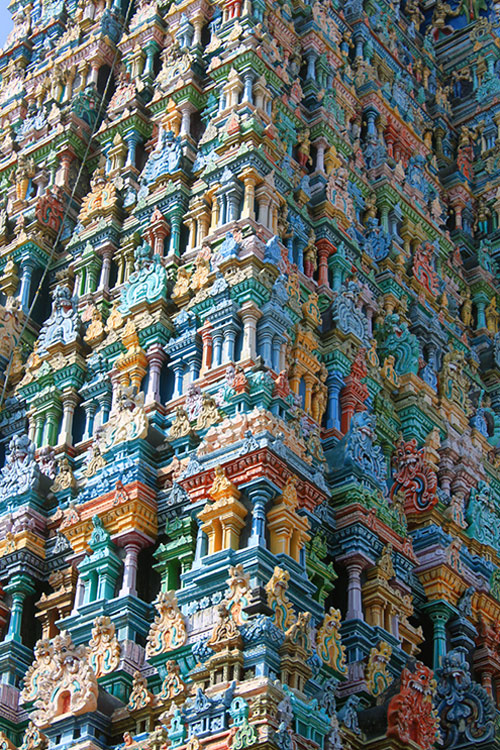Vernacular architecture:
1. Boat-shaped roofs of the Tongkonan—the traditional ancestral house of the Torajan people in South Sulawesi, Indonesia. Photograph by Geri Dagys https://www.instagram.com/p/CI-lqr_DG6G/?utm_source=ig_web_copy_link
1. Boat-shaped roofs of the Tongkonan—the traditional ancestral house of the Torajan people in South Sulawesi, Indonesia. Photograph by Geri Dagys https://www.instagram.com/p/CI-lqr_DG6G/?utm_source=ig_web_copy_link
According to a Torajan legend, the Toraja people arrived "from the north by boats, but caught in a fierce storm, their boats were so badly damaged that they used them as roofs for their new houses" https://en.wikipedia.org/wiki/Tongkonan
Drawings by Spanish anthropologist, historian, linguist Julio Caro Baroja (1914–1995), from his book 'Estudios saharianos' (1955)
3. Yurts, or Mongolian Gers—the portable, circular dwellings used by several distinct nomadic groups in the steppes of Central Asia. [Source of the photos: https://nationalgeographic.org/encyclopedia/yurt/]
And this lovely thread on yurts https://twitter.com/mostaleoht/status/1335098104664764419
4. Uma Mbatangu, 'peaked house', the Sumbanese traditional dwelling on the island of Sumba, Indonesia
For more images and information:
'Sumbanese Traditional Houses in Indonesia / Vernacular Architecture' in 'ArchEyes', August 5, 2020, https://archeyes.com/sumbanese-traditional-houses-in-indonesia-vernacular-architecture/
'Sumbanese Traditional Houses in Indonesia / Vernacular Architecture' in 'ArchEyes', August 5, 2020, https://archeyes.com/sumbanese-traditional-houses-in-indonesia-vernacular-architecture/
5. The shabonos (or yanos), circular communal dwellings of the Yanomami tribes of Southern Venezuela and Northern Brazil
6. And one of my absolute favourites: The Fujian Tulou, Chinese fortified earth buildings (12th–20th cent.), mostly circular or rectangular in configuration, five stories high & capable of housing up to 800 people
8. Another example of bioclimatic, vernacular architecture: Chan Chan, largest city in pre-Columbian America
9. The wooden churches in the Russian North. Photographs by Richard Davies http://www.richarddavies.co.uk/woodenchurches/images.html
10. Goju-no-to, an anti-seismic, five-storied pagoda erected in 1407 in Nara, mixing Japanese and Chinese architecture.
In case of earthquakes, the five floors oscillate in opposite phases, preventing the structure from breaking apart...
In case of earthquakes, the five floors oscillate in opposite phases, preventing the structure from breaking apart...
11. And as a kind of contrapunct to the pagoda, the cave dwellings and underground cities of Cappadocia, Turkey
12. One of the oldest types of houses still widely used all over the planet—and a frequent setting in my intimate spatial reveries—is the adaptive stilt architecture.
Here's the abandoned village of Ukivok on King Island in the Bering Sea, west of Alaska (photos 1892 and 1978)
Here's the abandoned village of Ukivok on King Island in the Bering Sea, west of Alaska (photos 1892 and 1978)
13. Nōka [農家], a traditional wooden farmhouse in Japan, as captured by the great woodblock printmaker Yoshida Hiroshi (1946)
14. The fortified granary, Ksar Ouled Soltane, located in the district of Tataouine, southern Tunisia.
Ksar means 'granary' and the name Tataouine, well... you know what I mean
Ksar means 'granary' and the name Tataouine, well... you know what I mean
15. Painted earth architecture of the Kassena people
https://www.fieldstudyoftheworld.com/painted-earth-architecture-of-the-kassena-people/
https://www.fieldstudyoftheworld.com/painted-earth-architecture-of-the-kassena-people/
16. Malay vernacular houses (and their thermal comfort)
https://www.researchgate.net/publication/271364373_Re-adaptation_of_Malay_House_Thermal_Comfort_Design_Elements_into_Modern_Building_Elements_-_Case_Study_of_Selangor_Traditional_Malay_House_Low_Energy_Building_in_Malaysia
https://www.researchgate.net/publication/271364373_Re-adaptation_of_Malay_House_Thermal_Comfort_Design_Elements_into_Modern_Building_Elements_-_Case_Study_of_Selangor_Traditional_Malay_House_Low_Energy_Building_in_Malaysia
17. The Roofs of Ghadames—an oasis Berber town in the Nalut District of the Tripolitania region in northwestern Libya—also known as 'the pearl of the desert'
18. The traditional Sámi home called 'gamme'
[Photographs by Ellisif Rannveig Wessel, Bente Haarstad and Fredrik Jenssen]
[Photographs by Ellisif Rannveig Wessel, Bente Haarstad and Fredrik Jenssen]
And the characteristic Sámi 'njalla', food storage huts raised from the ground to avoid the intrusion of nosy animals such as wolverines and bears
[ https://www.reddit.com/r/interestingasfuck/comments/909zpm/built_in_the_18th_century_one_of_the_oldest/; https://sv.wikipedia.org/wiki/Njalla#/media/Fil:Sami_Storehouse.jpg; Daniel von Hogguér, 'Reise nach Lappland und dem nördlichen Schweden', 1841]
[ https://www.reddit.com/r/interestingasfuck/comments/909zpm/built_in_the_18th_century_one_of_the_oldest/; https://sv.wikipedia.org/wiki/Njalla#/media/Fil:Sami_Storehouse.jpg; Daniel von Hogguér, 'Reise nach Lappland und dem nördlichen Schweden', 1841]
19. Indian stepwells, also known regionally as 'vav', 'baori', 'baoli', and 'bawadi', are structures that, in the first place, helped harvest water but were also used as subterranean temples and pleasure retreats
[Photographs by Edward Burtynsky and Victoria Lautman]
[Photographs by Edward Burtynsky and Victoria Lautman]
20. The fractal geometry of Indian temples: Virupaksha Temple, Dilwara Temples, Kandariya temple and Sri Meenakshi Amman Temple https://www.dataisnature.com/?p=2138

 Read on Twitter
Read on Twitter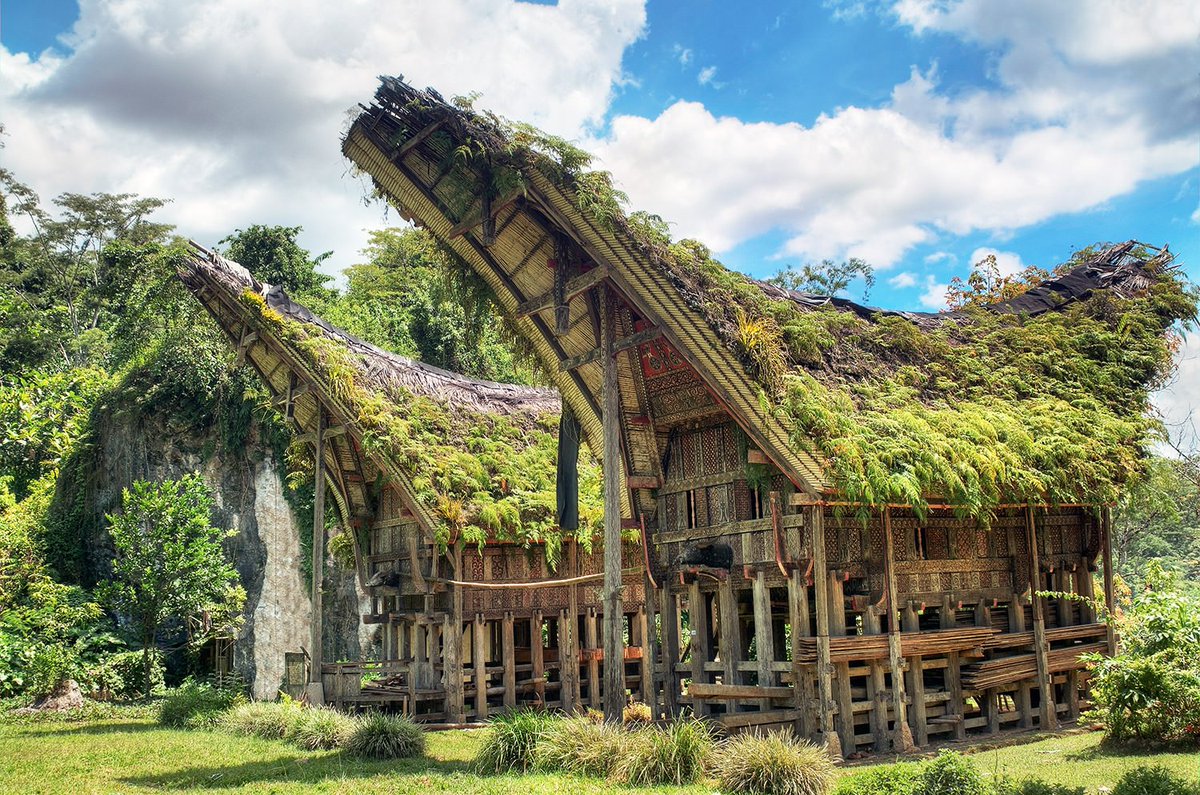
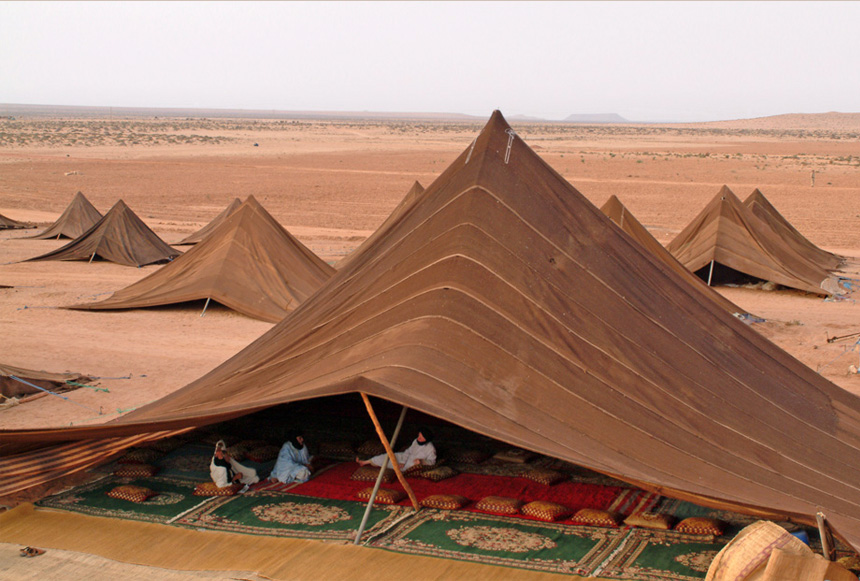
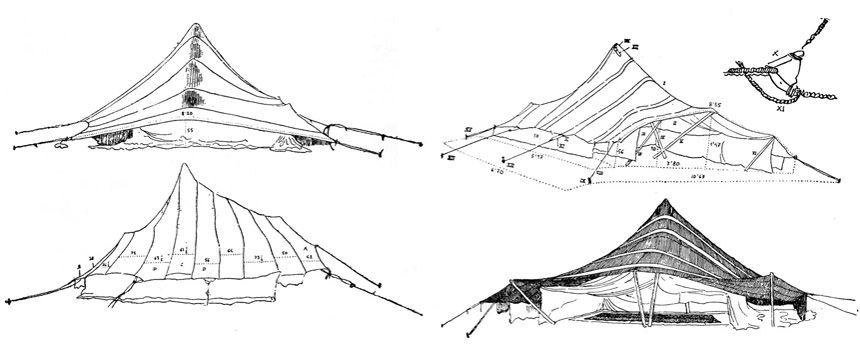
![3. Yurts, or Mongolian Gers—the portable, circular dwellings used by several distinct nomadic groups in the steppes of Central Asia. [Source of the photos: https://nationalgeographic.org/encyclopedia/yurt/] 3. Yurts, or Mongolian Gers—the portable, circular dwellings used by several distinct nomadic groups in the steppes of Central Asia. [Source of the photos: https://nationalgeographic.org/encyclopedia/yurt/]](https://pbs.twimg.com/media/EpnNTDJWMAIVusJ.jpg)
![3. Yurts, or Mongolian Gers—the portable, circular dwellings used by several distinct nomadic groups in the steppes of Central Asia. [Source of the photos: https://nationalgeographic.org/encyclopedia/yurt/] 3. Yurts, or Mongolian Gers—the portable, circular dwellings used by several distinct nomadic groups in the steppes of Central Asia. [Source of the photos: https://nationalgeographic.org/encyclopedia/yurt/]](https://pbs.twimg.com/media/EpnNUtvW4AIfAtE.jpg)
![3. Yurts, or Mongolian Gers—the portable, circular dwellings used by several distinct nomadic groups in the steppes of Central Asia. [Source of the photos: https://nationalgeographic.org/encyclopedia/yurt/] 3. Yurts, or Mongolian Gers—the portable, circular dwellings used by several distinct nomadic groups in the steppes of Central Asia. [Source of the photos: https://nationalgeographic.org/encyclopedia/yurt/]](https://pbs.twimg.com/media/EpnNVutWMAASK-L.jpg)
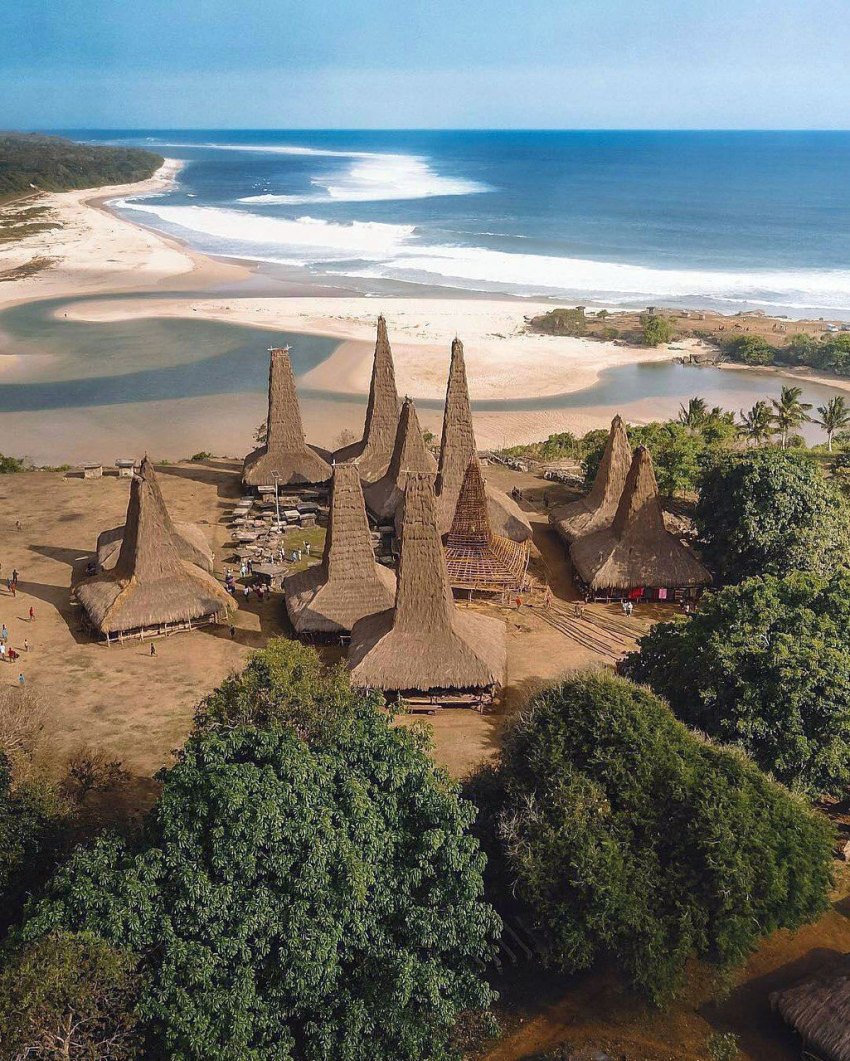
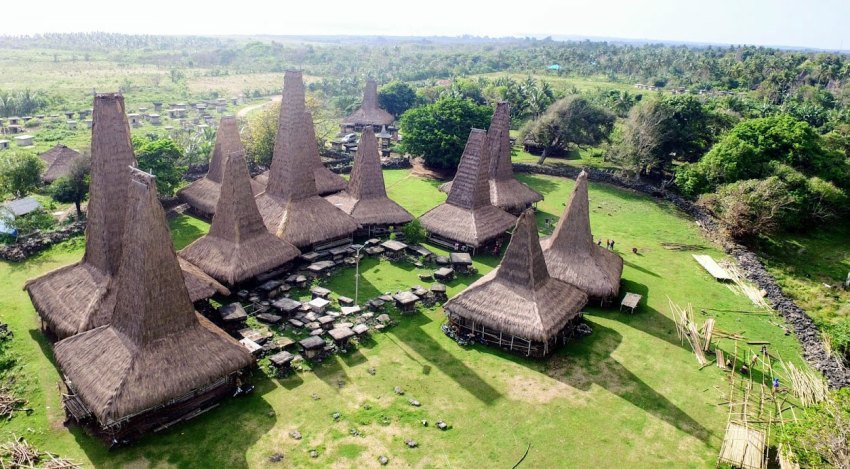
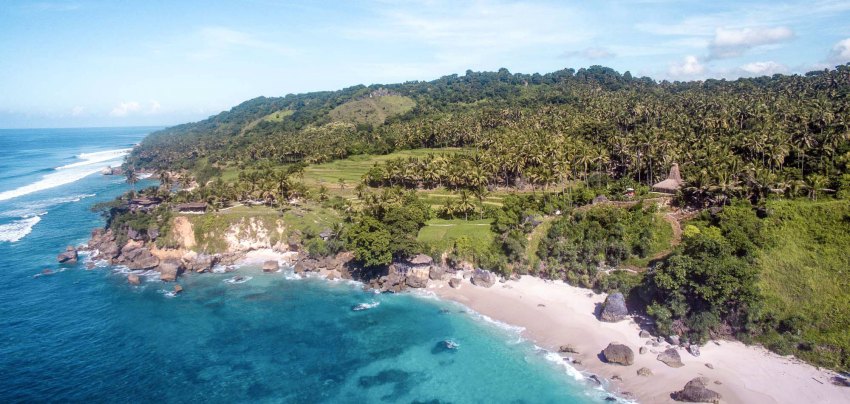

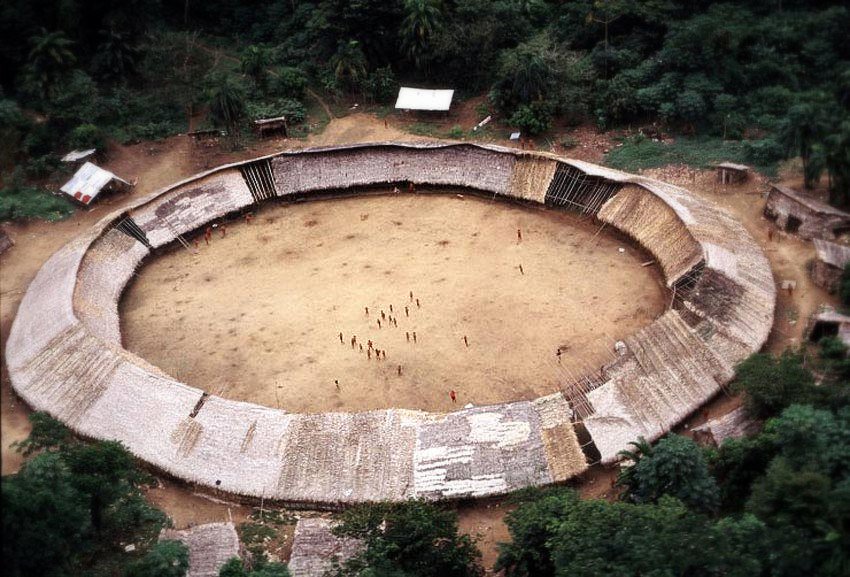
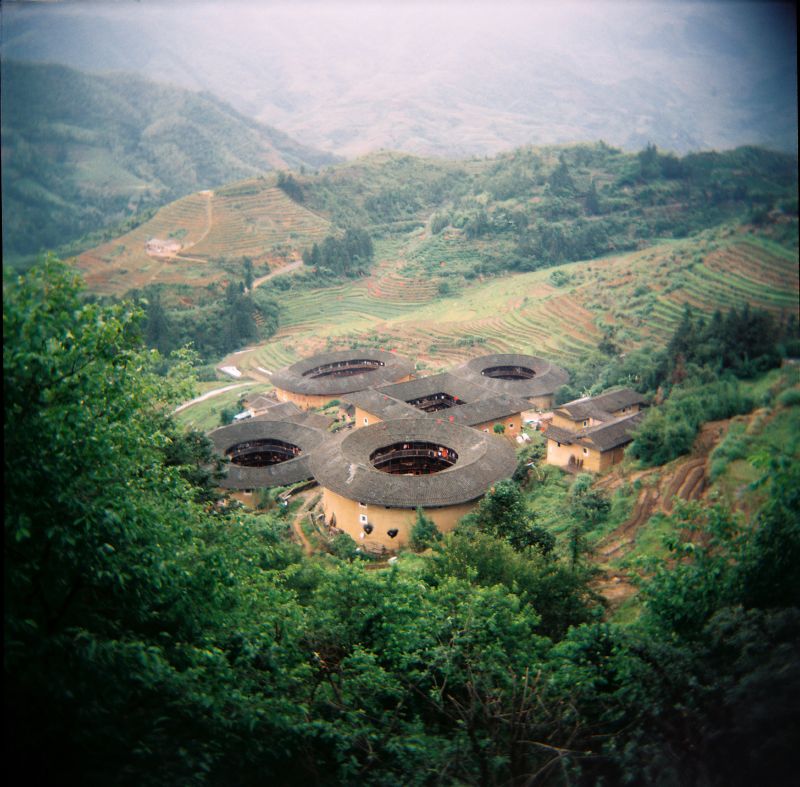
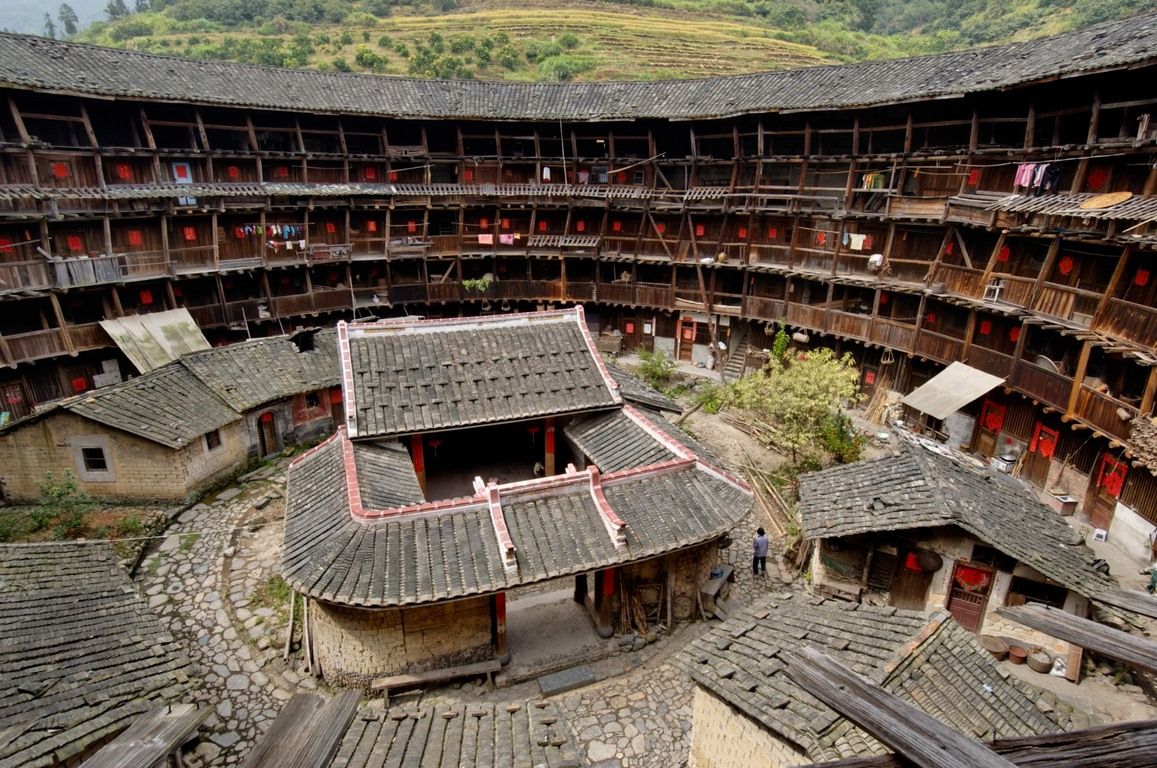
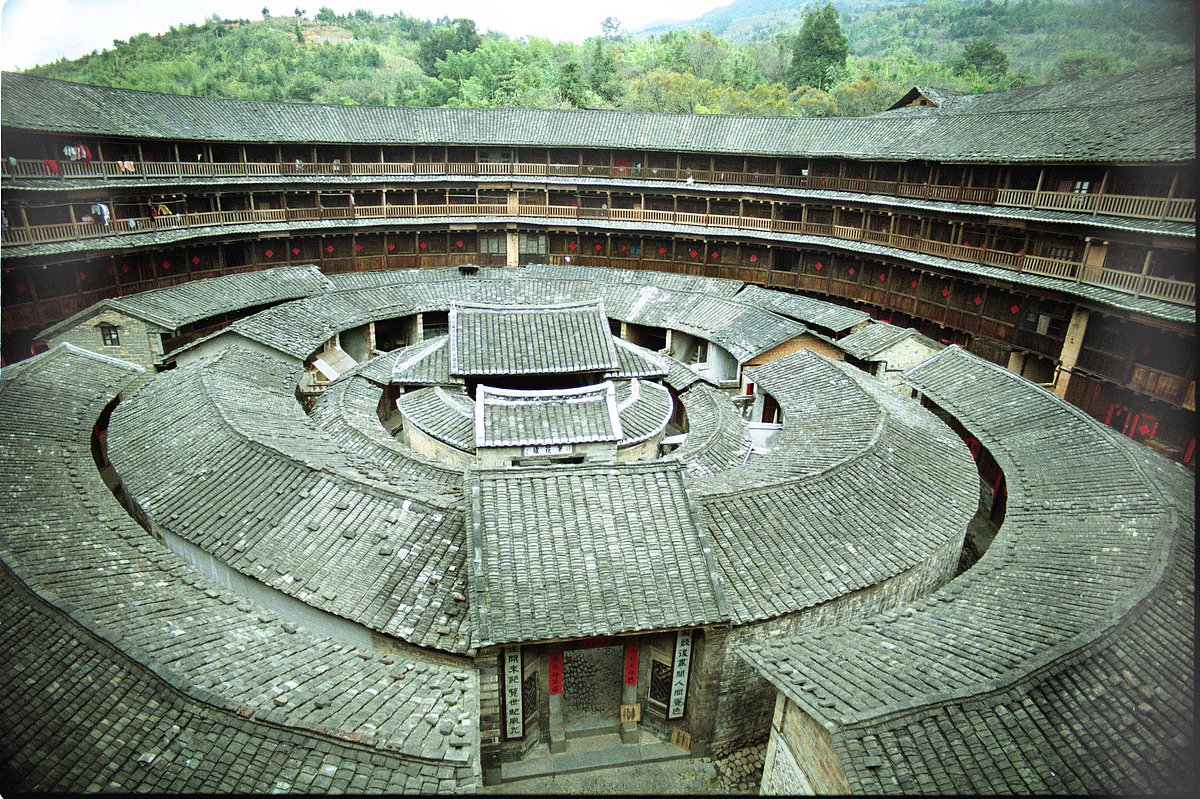
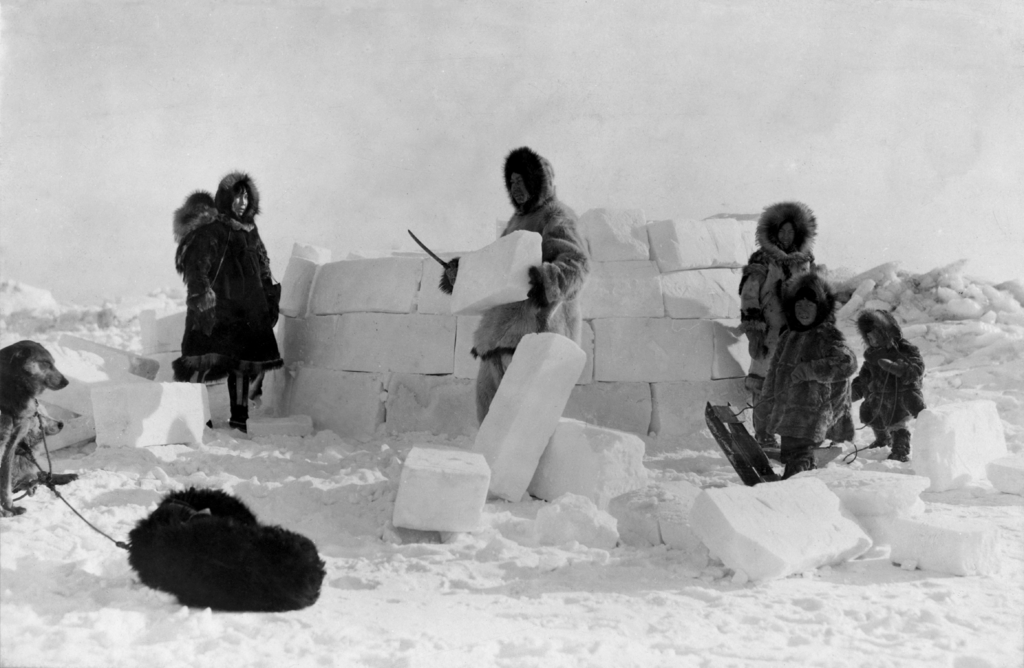
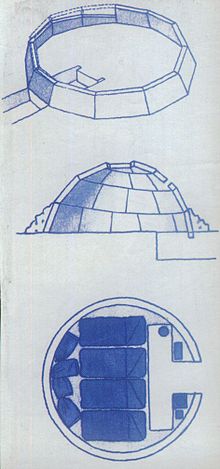
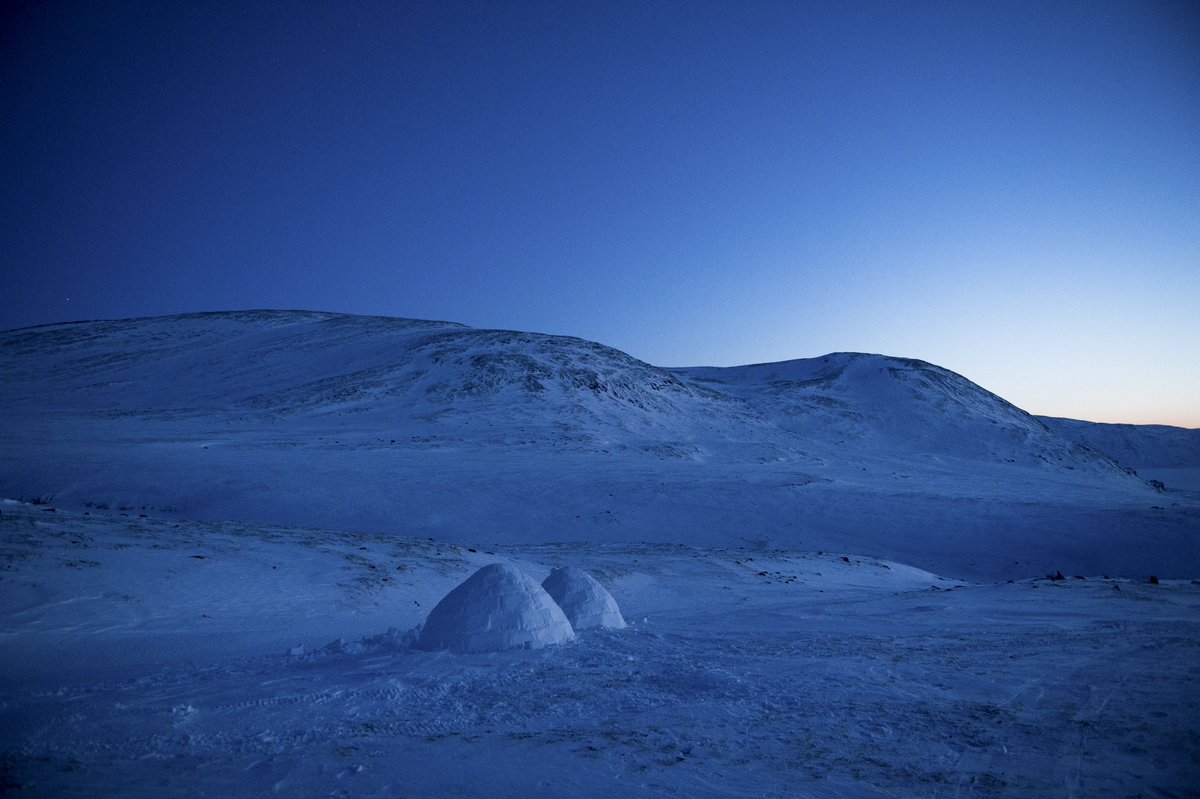
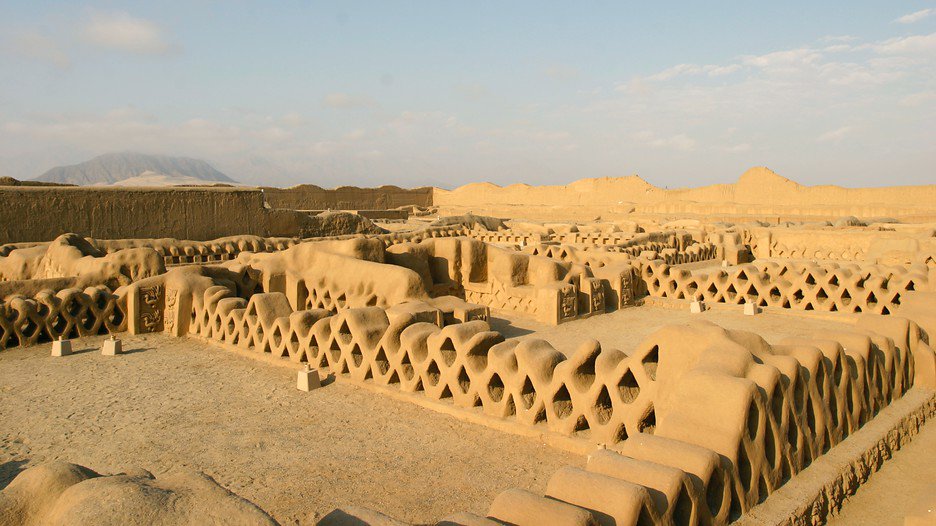
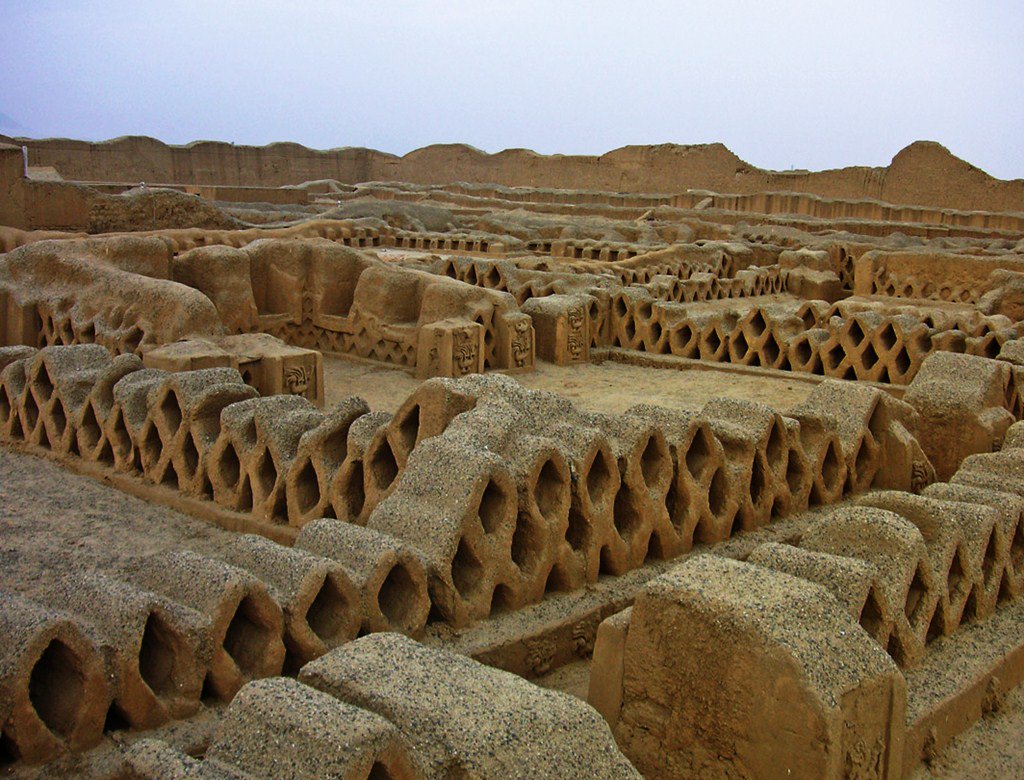
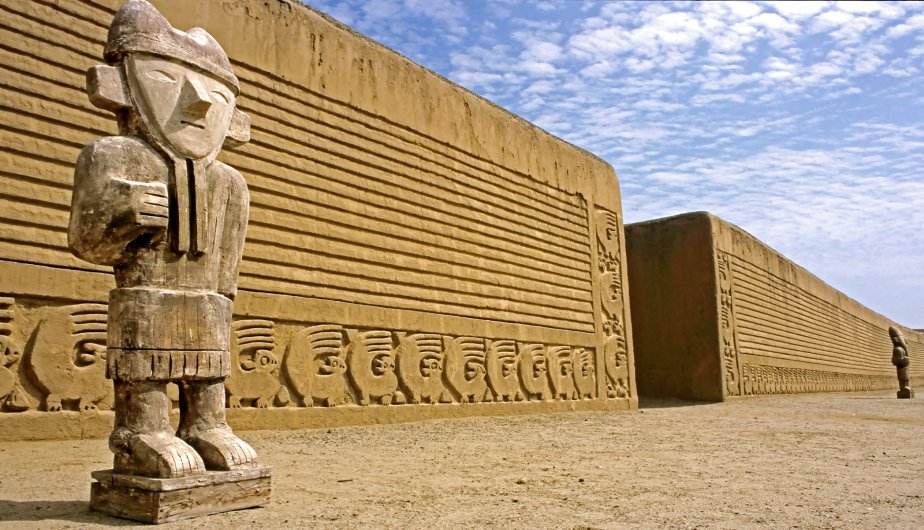
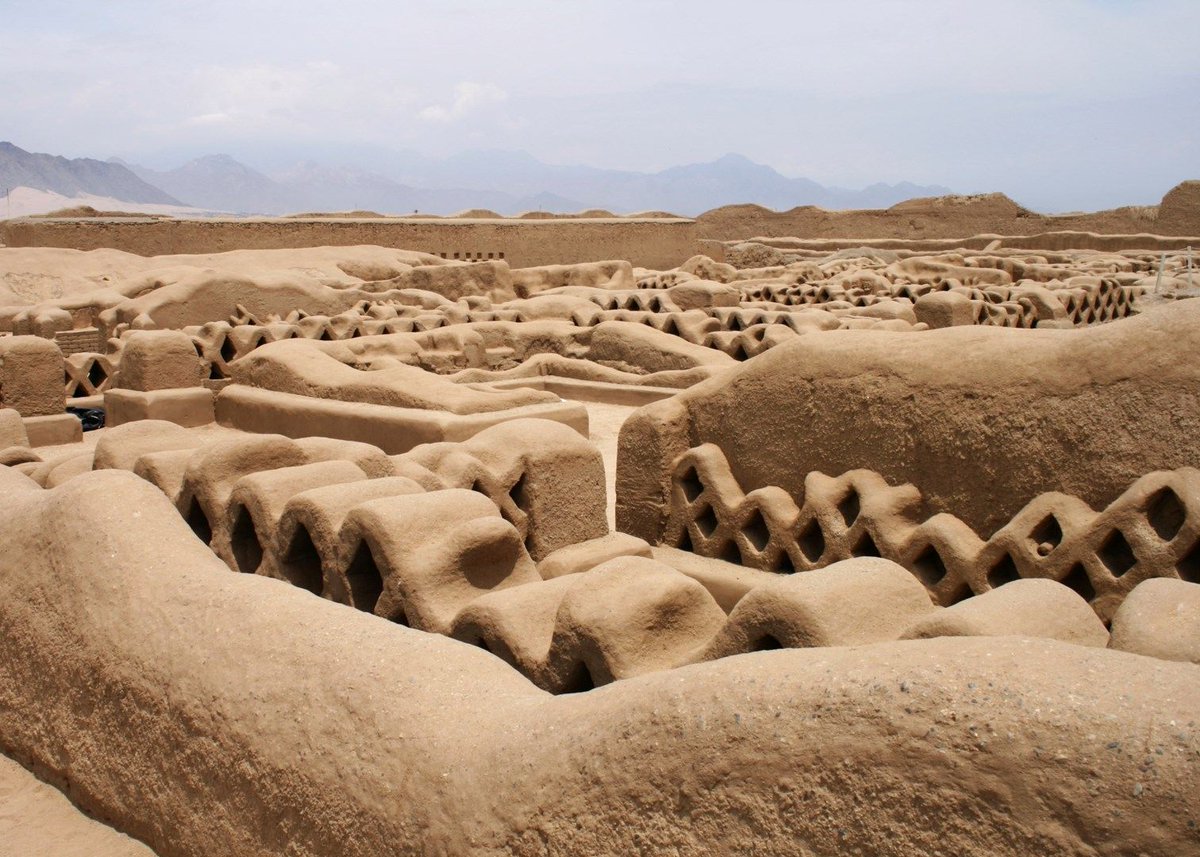
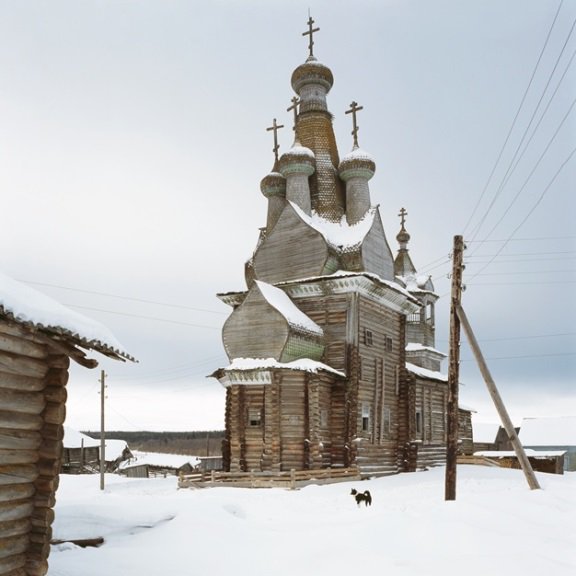
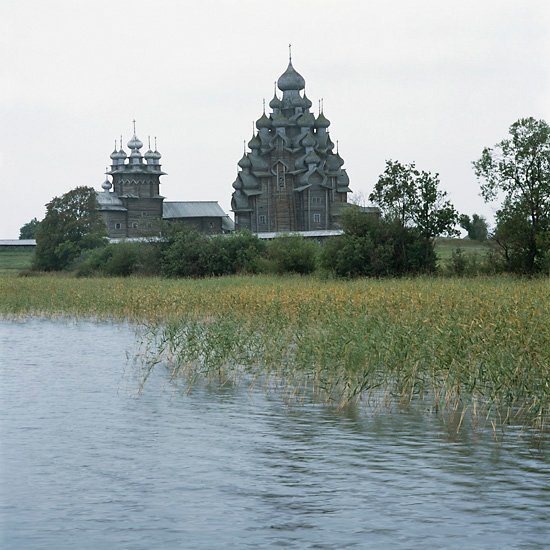
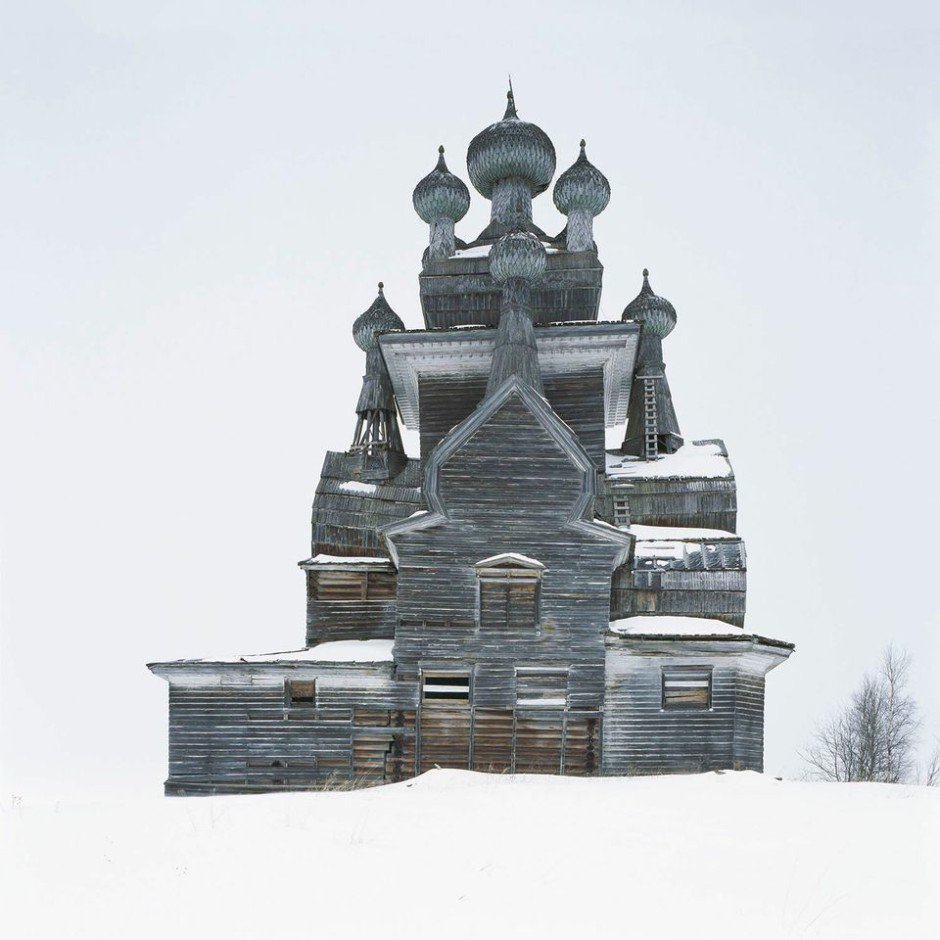
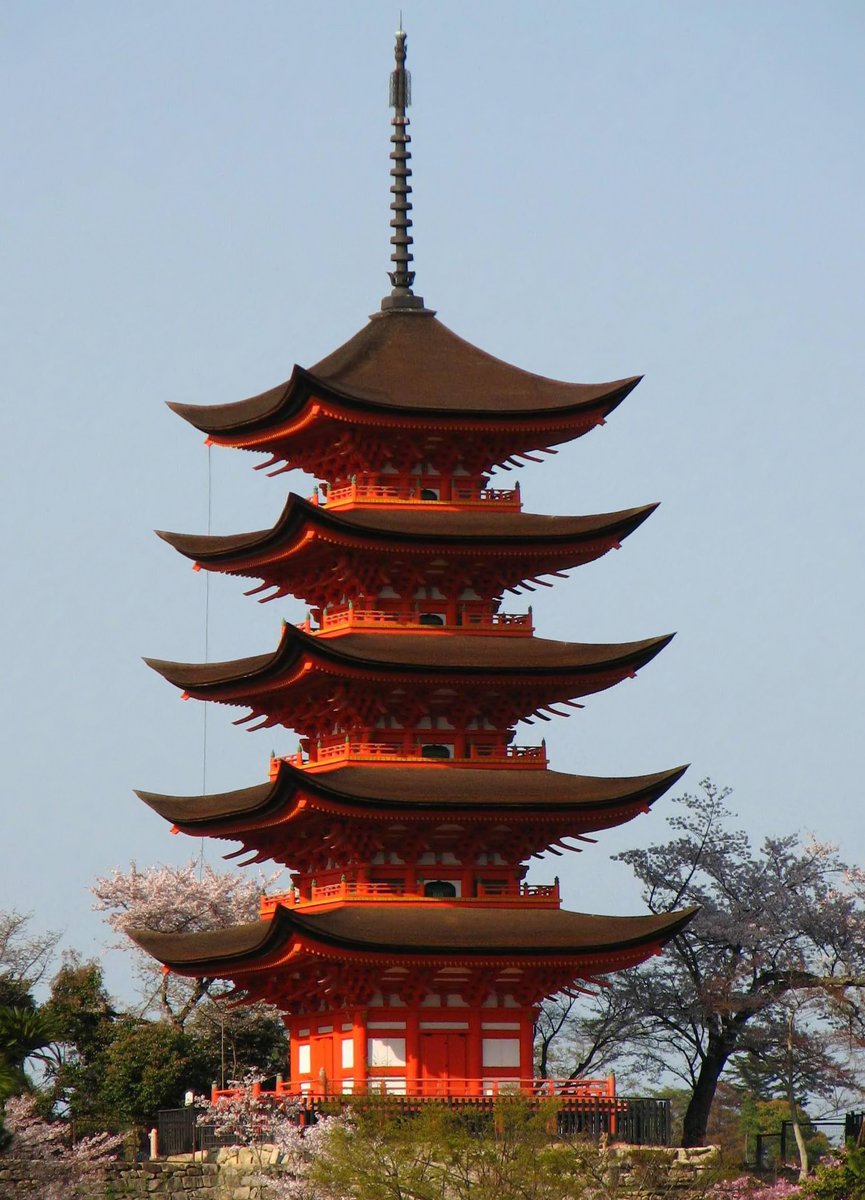
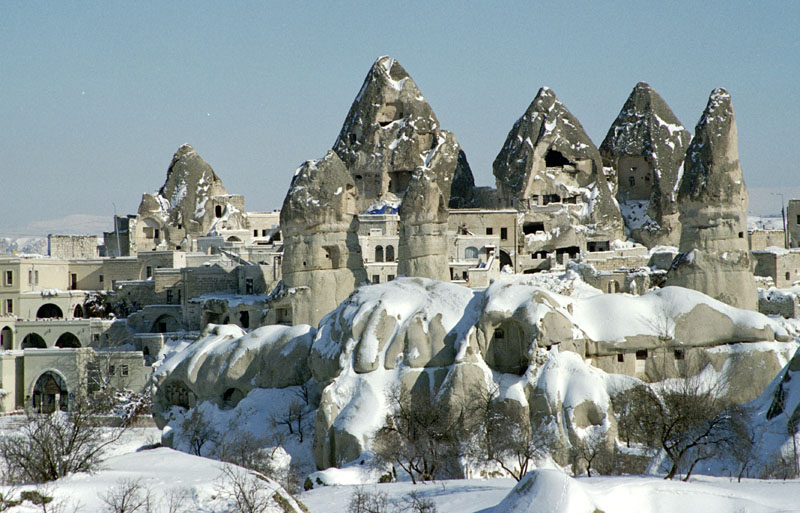
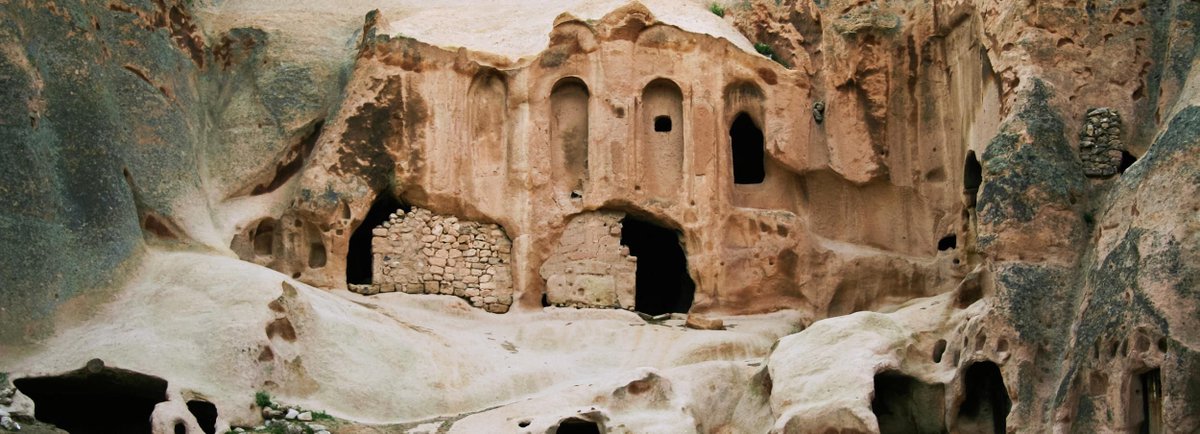
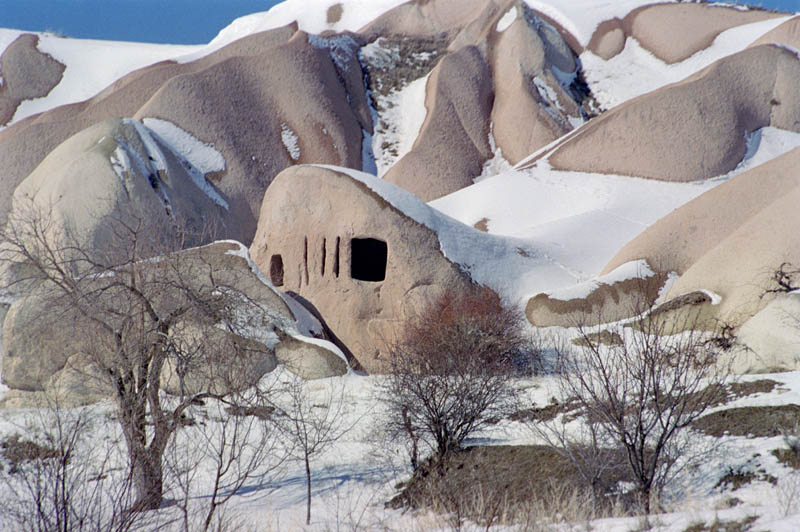
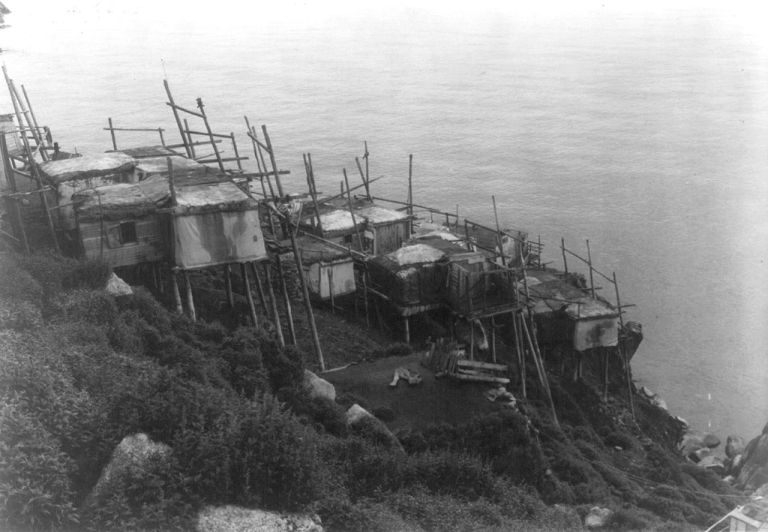
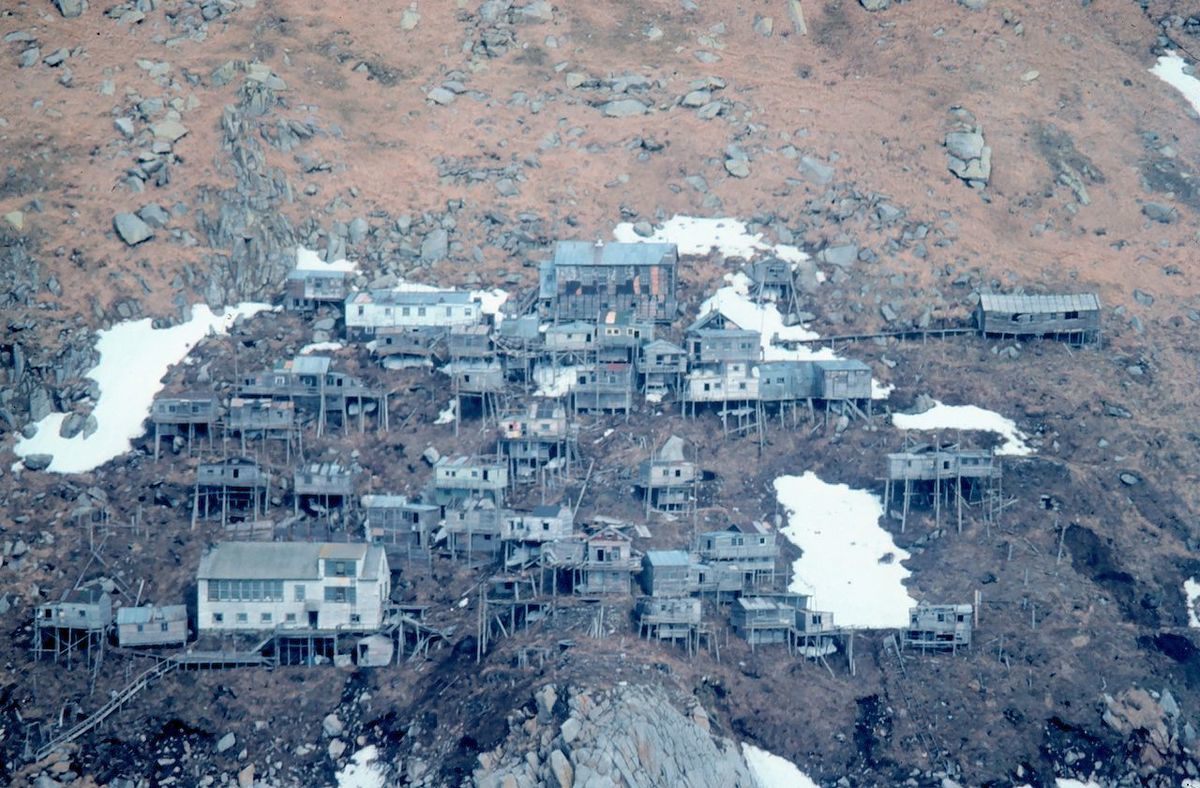
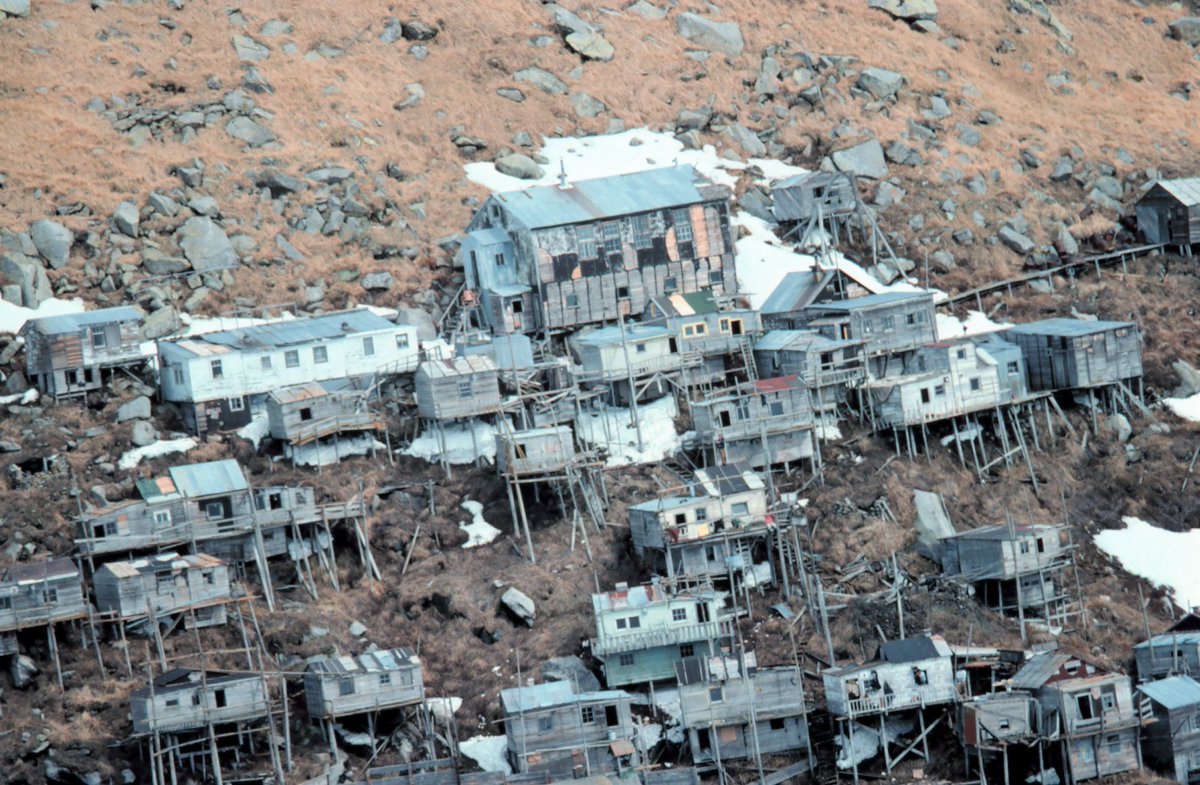
![13. Nōka [農家], a traditional wooden farmhouse in Japan, as captured by the great woodblock printmaker Yoshida Hiroshi (1946) 13. Nōka [農家], a traditional wooden farmhouse in Japan, as captured by the great woodblock printmaker Yoshida Hiroshi (1946)](https://pbs.twimg.com/media/Epslo82XIAAsB-f.jpg)
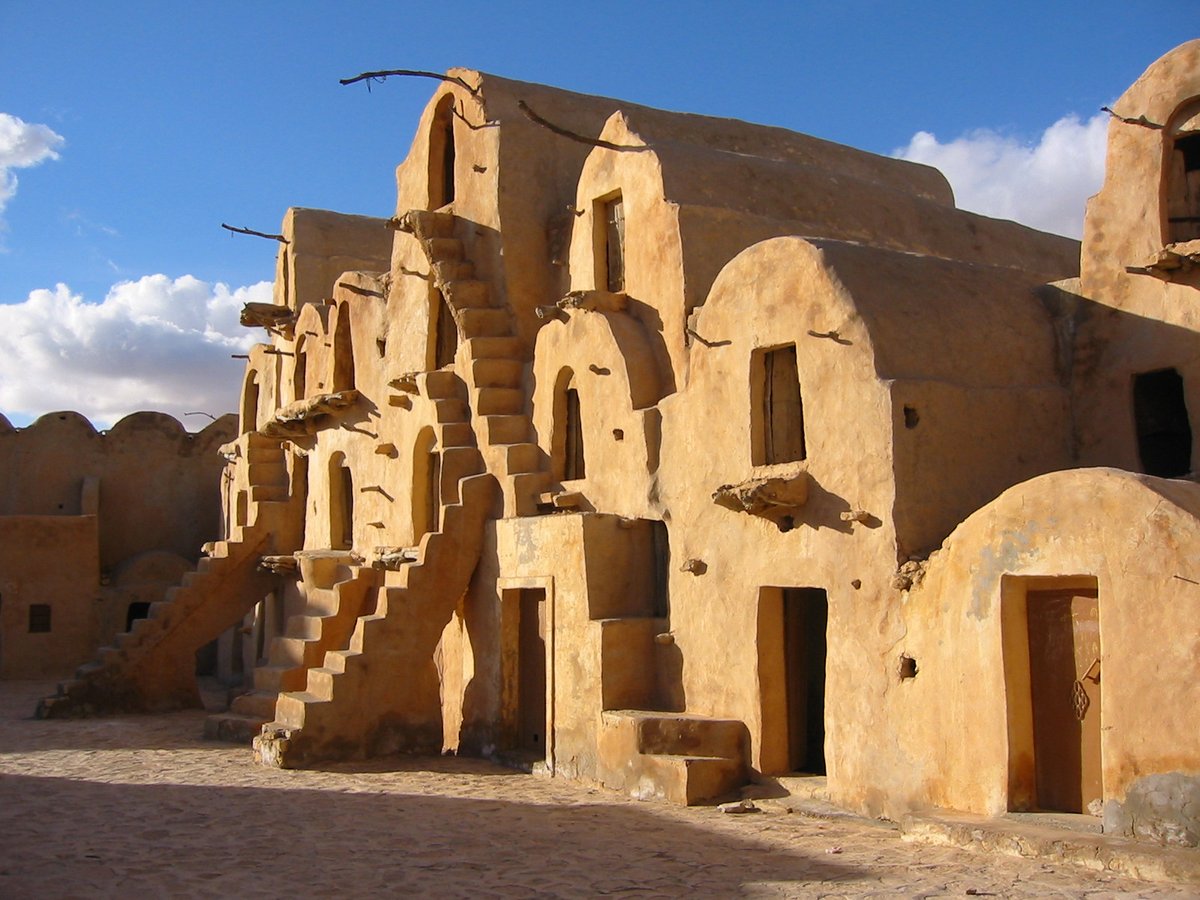
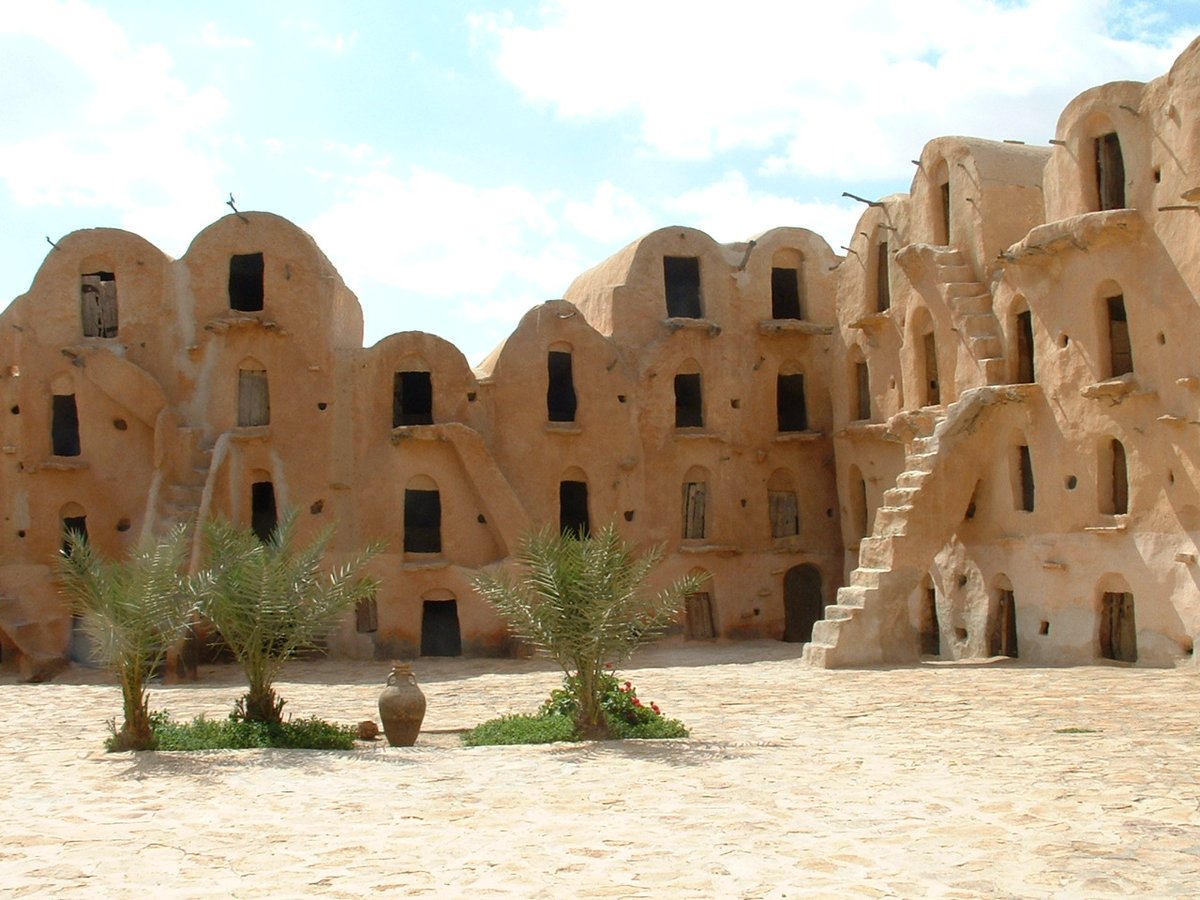
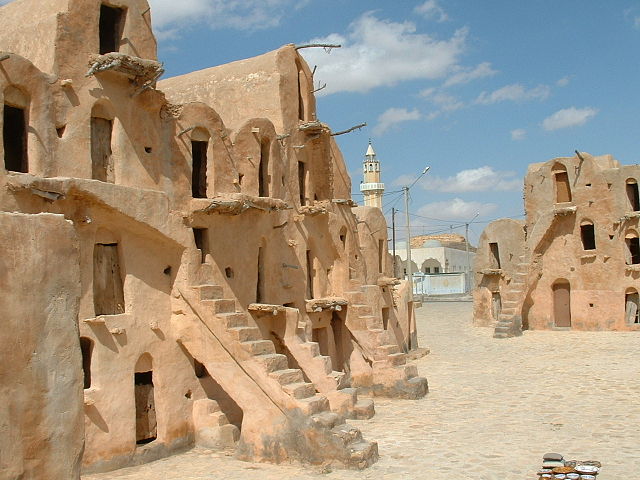
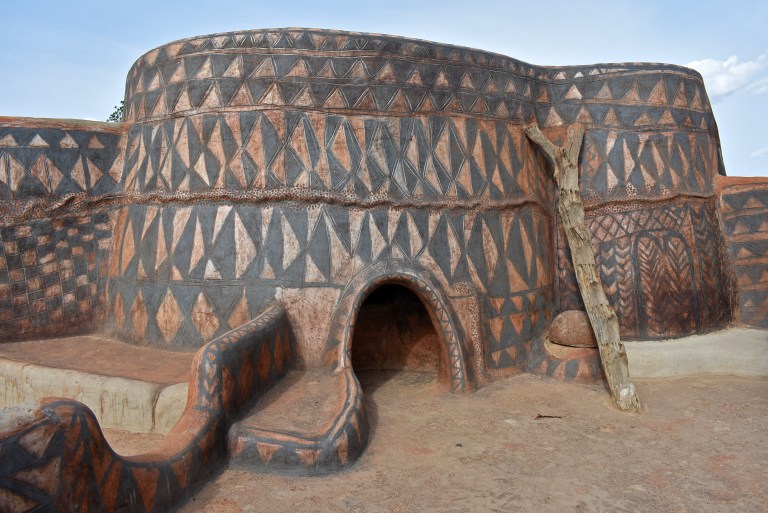
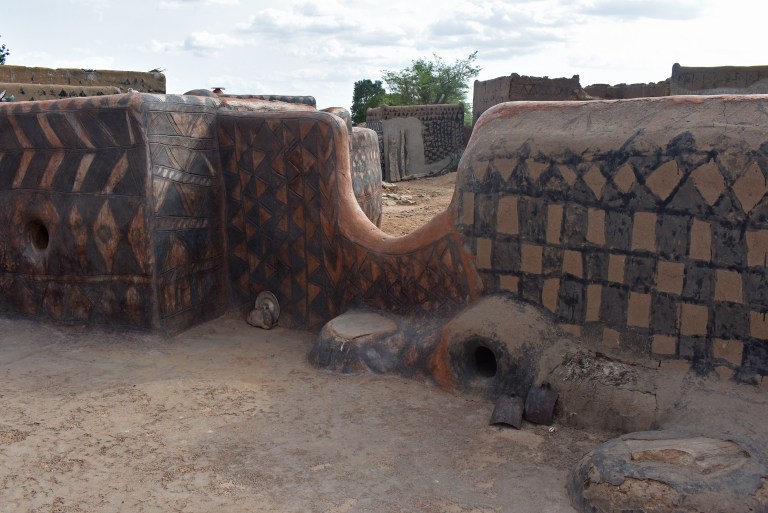
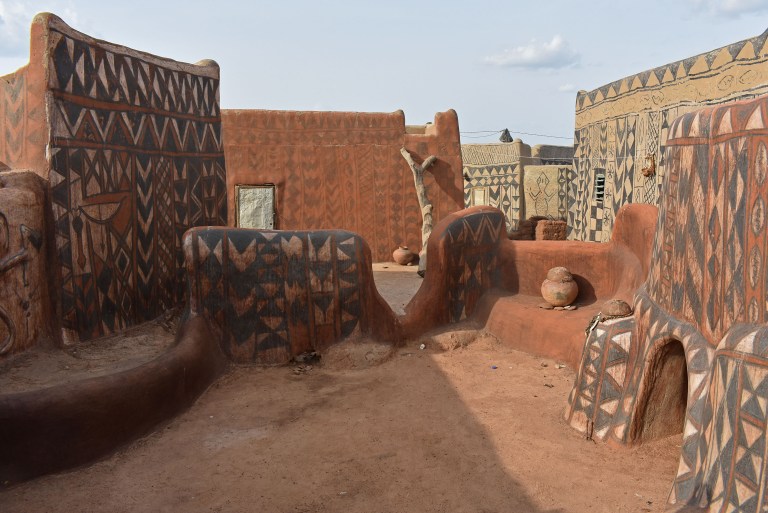
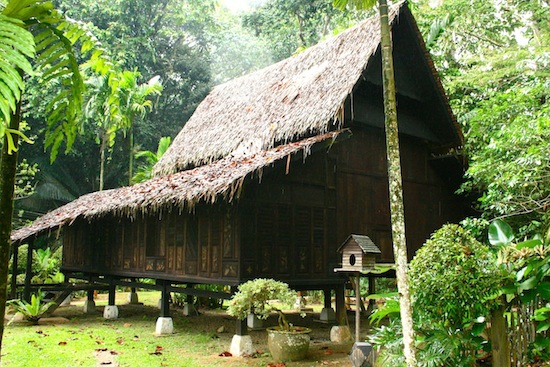
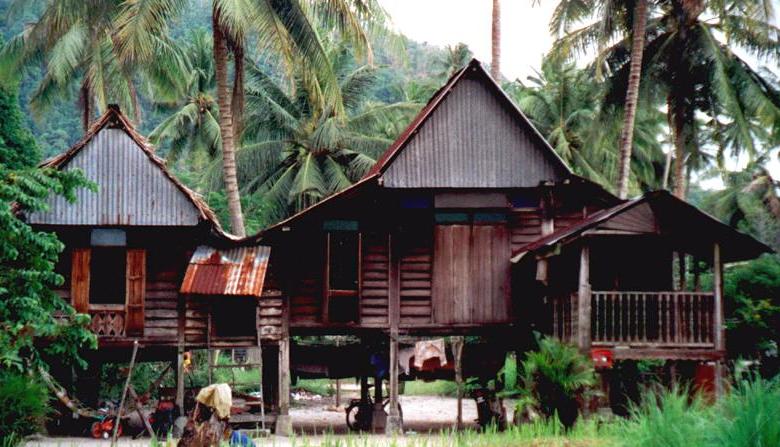
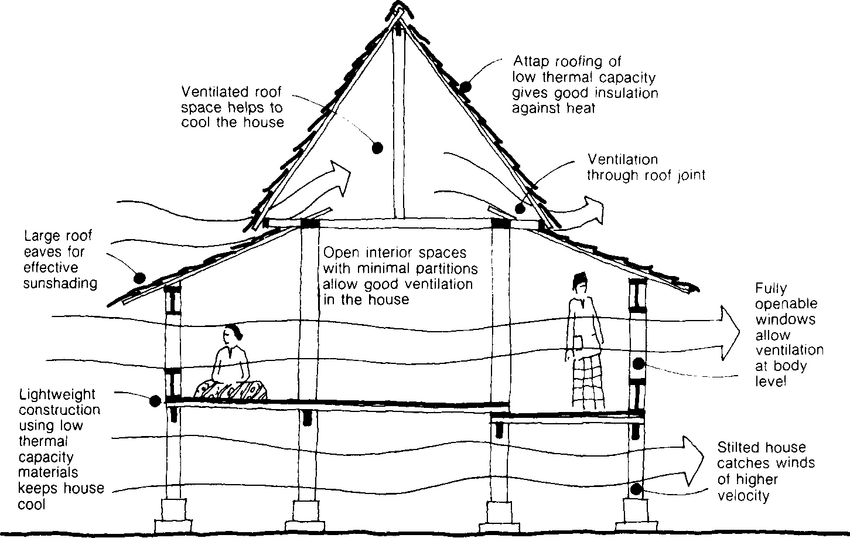
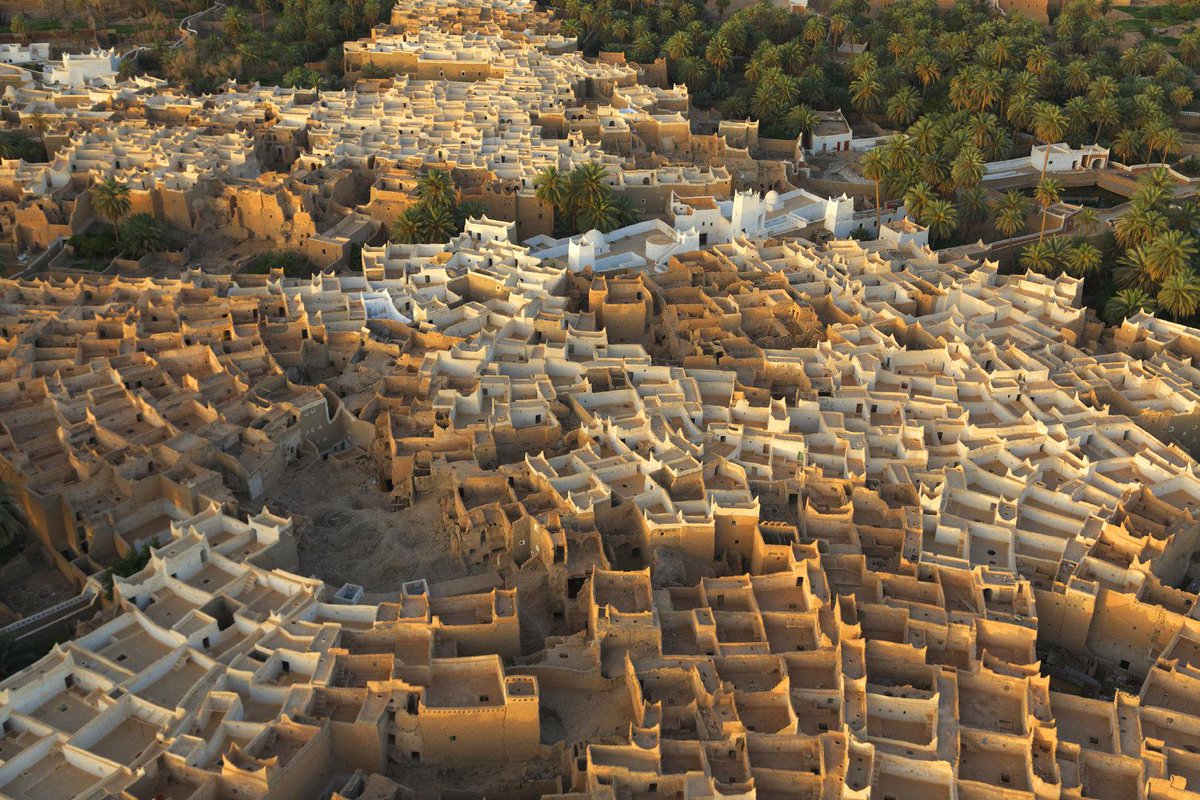
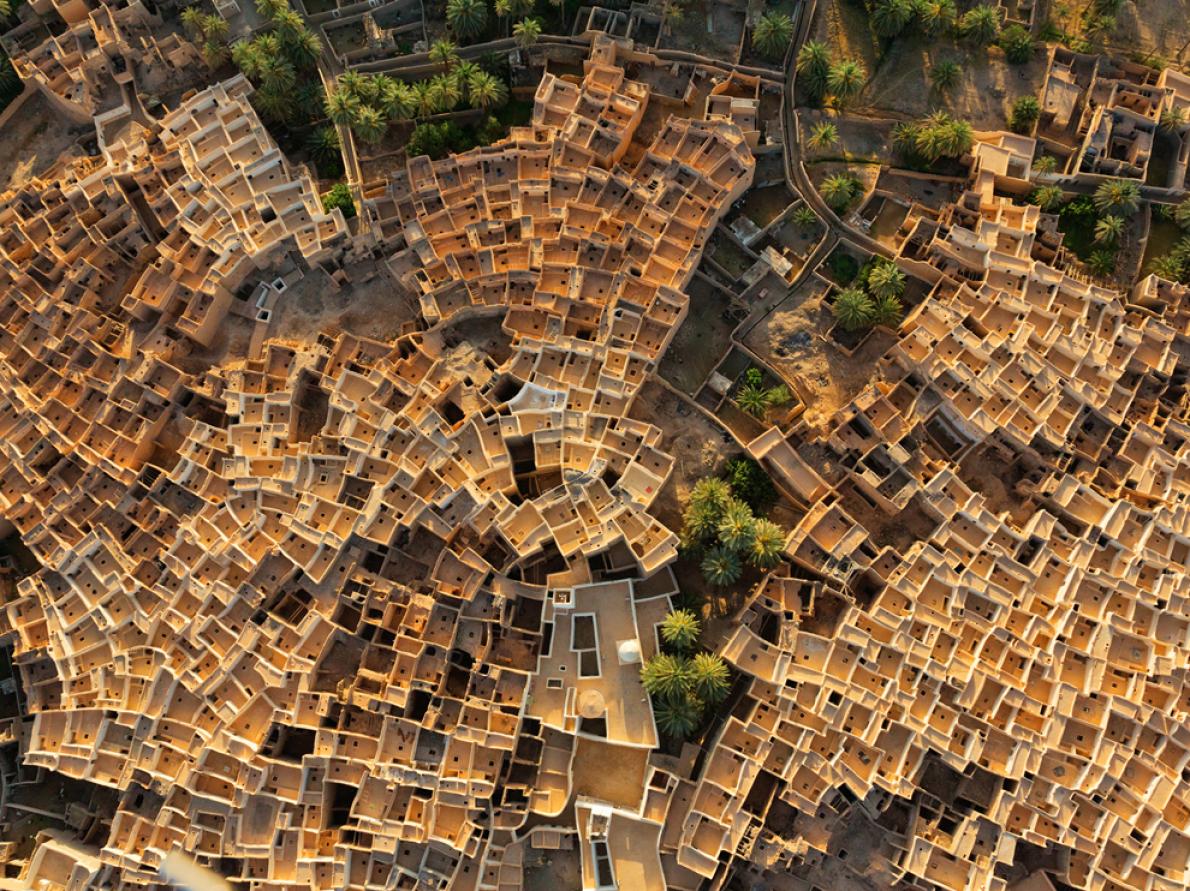

![18. The traditional Sámi home called 'gamme'[Photographs by Ellisif Rannveig Wessel, Bente Haarstad and Fredrik Jenssen] 18. The traditional Sámi home called 'gamme'[Photographs by Ellisif Rannveig Wessel, Bente Haarstad and Fredrik Jenssen]](https://pbs.twimg.com/media/Er37nUiXcAEpR4M.jpg)
![18. The traditional Sámi home called 'gamme'[Photographs by Ellisif Rannveig Wessel, Bente Haarstad and Fredrik Jenssen] 18. The traditional Sámi home called 'gamme'[Photographs by Ellisif Rannveig Wessel, Bente Haarstad and Fredrik Jenssen]](https://pbs.twimg.com/media/Er37-e0WMAY1AK5.png)
![18. The traditional Sámi home called 'gamme'[Photographs by Ellisif Rannveig Wessel, Bente Haarstad and Fredrik Jenssen] 18. The traditional Sámi home called 'gamme'[Photographs by Ellisif Rannveig Wessel, Bente Haarstad and Fredrik Jenssen]](https://pbs.twimg.com/media/Er39D-EXYAALXfg.jpg)
![And the characteristic Sámi 'njalla', food storage huts raised from the ground to avoid the intrusion of nosy animals such as wolverines and bears[ https://www.reddit.com/r/interestingasfuck/comments/909zpm/built_in_the_18th_century_one_of_the_oldest/; https://sv.wikipedia.org/wiki/Njalla#/media/Fil:Sami_Storehouse.jpg; Daniel von Hogguér, 'Reise nach Lappland und dem nördlichen Schweden', 1841] And the characteristic Sámi 'njalla', food storage huts raised from the ground to avoid the intrusion of nosy animals such as wolverines and bears[ https://www.reddit.com/r/interestingasfuck/comments/909zpm/built_in_the_18th_century_one_of_the_oldest/; https://sv.wikipedia.org/wiki/Njalla#/media/Fil:Sami_Storehouse.jpg; Daniel von Hogguér, 'Reise nach Lappland und dem nördlichen Schweden', 1841]](https://pbs.twimg.com/media/Er7wvV5XYAI84cT.jpg)
![And the characteristic Sámi 'njalla', food storage huts raised from the ground to avoid the intrusion of nosy animals such as wolverines and bears[ https://www.reddit.com/r/interestingasfuck/comments/909zpm/built_in_the_18th_century_one_of_the_oldest/; https://sv.wikipedia.org/wiki/Njalla#/media/Fil:Sami_Storehouse.jpg; Daniel von Hogguér, 'Reise nach Lappland und dem nördlichen Schweden', 1841] And the characteristic Sámi 'njalla', food storage huts raised from the ground to avoid the intrusion of nosy animals such as wolverines and bears[ https://www.reddit.com/r/interestingasfuck/comments/909zpm/built_in_the_18th_century_one_of_the_oldest/; https://sv.wikipedia.org/wiki/Njalla#/media/Fil:Sami_Storehouse.jpg; Daniel von Hogguér, 'Reise nach Lappland und dem nördlichen Schweden', 1841]](https://pbs.twimg.com/media/Er72WdOXYAAi9lu.jpg)
![And the characteristic Sámi 'njalla', food storage huts raised from the ground to avoid the intrusion of nosy animals such as wolverines and bears[ https://www.reddit.com/r/interestingasfuck/comments/909zpm/built_in_the_18th_century_one_of_the_oldest/; https://sv.wikipedia.org/wiki/Njalla#/media/Fil:Sami_Storehouse.jpg; Daniel von Hogguér, 'Reise nach Lappland und dem nördlichen Schweden', 1841] And the characteristic Sámi 'njalla', food storage huts raised from the ground to avoid the intrusion of nosy animals such as wolverines and bears[ https://www.reddit.com/r/interestingasfuck/comments/909zpm/built_in_the_18th_century_one_of_the_oldest/; https://sv.wikipedia.org/wiki/Njalla#/media/Fil:Sami_Storehouse.jpg; Daniel von Hogguér, 'Reise nach Lappland und dem nördlichen Schweden', 1841]](https://pbs.twimg.com/media/Er72XZDXUAEDL9C.jpg)
![19. Indian stepwells, also known regionally as 'vav', 'baori', 'baoli', and 'bawadi', are structures that, in the first place, helped harvest water but were also used as subterranean temples and pleasure retreats[Photographs by Edward Burtynsky and Victoria Lautman] 19. Indian stepwells, also known regionally as 'vav', 'baori', 'baoli', and 'bawadi', are structures that, in the first place, helped harvest water but were also used as subterranean temples and pleasure retreats[Photographs by Edward Burtynsky and Victoria Lautman]](https://pbs.twimg.com/media/Er8AF3hXIAEU2Cr.jpg)
![19. Indian stepwells, also known regionally as 'vav', 'baori', 'baoli', and 'bawadi', are structures that, in the first place, helped harvest water but were also used as subterranean temples and pleasure retreats[Photographs by Edward Burtynsky and Victoria Lautman] 19. Indian stepwells, also known regionally as 'vav', 'baori', 'baoli', and 'bawadi', are structures that, in the first place, helped harvest water but were also used as subterranean temples and pleasure retreats[Photographs by Edward Burtynsky and Victoria Lautman]](https://pbs.twimg.com/media/Er8AHHuWMAAgQk7.jpg)
![19. Indian stepwells, also known regionally as 'vav', 'baori', 'baoli', and 'bawadi', are structures that, in the first place, helped harvest water but were also used as subterranean temples and pleasure retreats[Photographs by Edward Burtynsky and Victoria Lautman] 19. Indian stepwells, also known regionally as 'vav', 'baori', 'baoli', and 'bawadi', are structures that, in the first place, helped harvest water but were also used as subterranean temples and pleasure retreats[Photographs by Edward Burtynsky and Victoria Lautman]](https://pbs.twimg.com/media/Er8AIS2W4AAffod.jpg)
![19. Indian stepwells, also known regionally as 'vav', 'baori', 'baoli', and 'bawadi', are structures that, in the first place, helped harvest water but were also used as subterranean temples and pleasure retreats[Photographs by Edward Burtynsky and Victoria Lautman] 19. Indian stepwells, also known regionally as 'vav', 'baori', 'baoli', and 'bawadi', are structures that, in the first place, helped harvest water but were also used as subterranean temples and pleasure retreats[Photographs by Edward Burtynsky and Victoria Lautman]](https://pbs.twimg.com/media/Er8AJh5XMAAQoL4.jpg)
